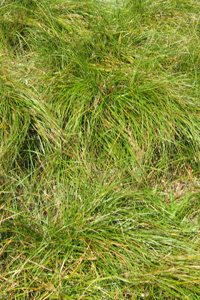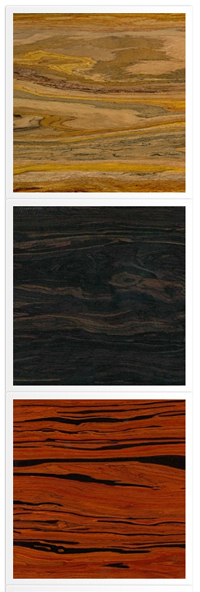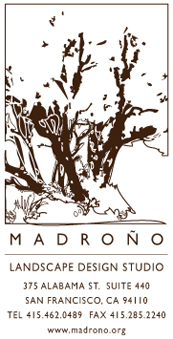 Consider the sedge (genus Carex), that vigorous and beautiful groundcover, when thinking about plausible substitutes for lawn.
Consider the sedge (genus Carex), that vigorous and beautiful groundcover, when thinking about plausible substitutes for lawn.It may look like grass, but the sedge is a botanically distinct member of a completely different family. With an estimated 2000 species worldwide, the sedges can offer many different sizes, colors, and exotic textures for the adventurous landscape designer.
However, here in the American West we should always be aware of garden water needs (or lack thereof), thus restricting our range of choice -- most Carex species need lots of water.
But not the Pacific Dune Sedge (Carex pansa), found natively in sand dunes from central California to British Columbia. It has grown here since before the time of gardeners and water hoses; it drinks when it rains. This makes it an excellent choice for low-maintainence, drought-tolerant alternative lawns in the San Francisco Bay Area.
Continue reading In Praise of Carex Pansa →.
 This high-tech lumber from Boulder(CO)-based
This high-tech lumber from Boulder(CO)-based 
